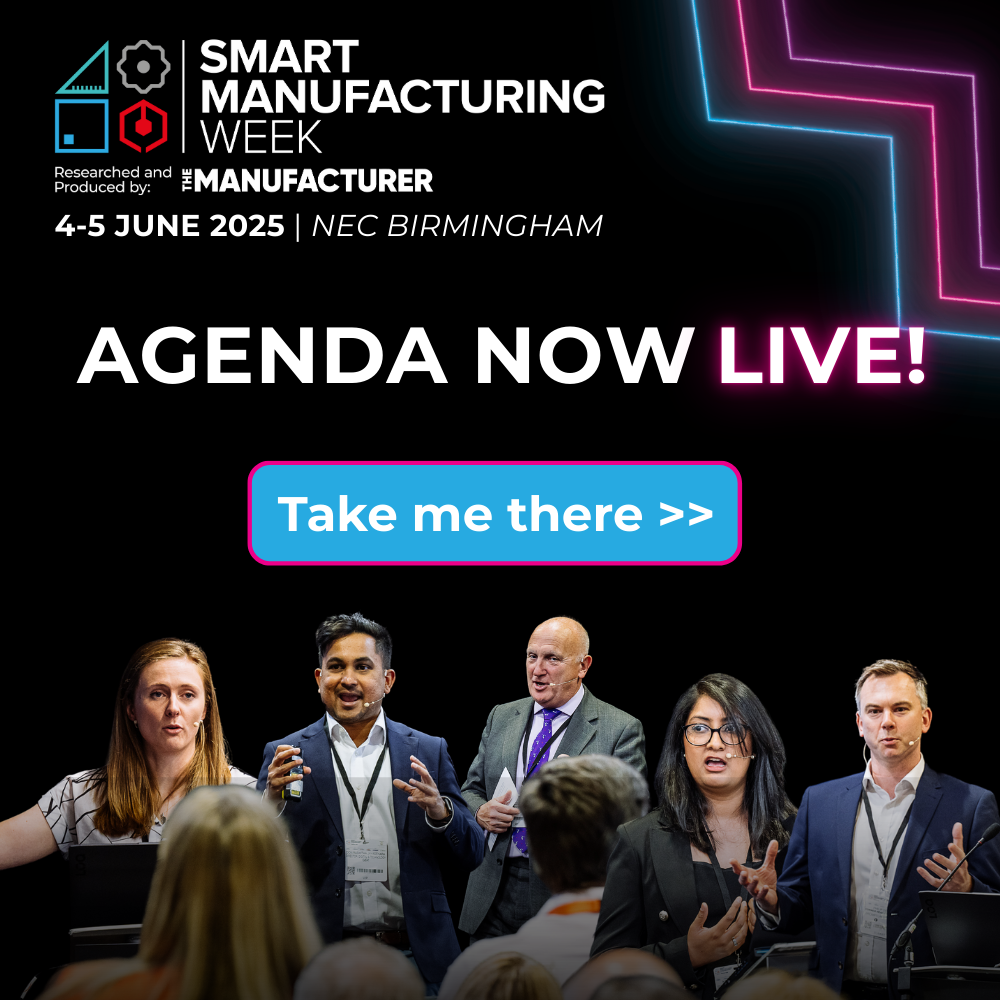AR, MR or VR: Which Technology Is Right For Your Engineering Use Case?
)
Augmented, Mixed or Virtual Reality? This is a key question. You will need to understand the features and benefits of each technology type before looking to build and implement your XR strategy. These technologies work differently and suit different use cases, but which is best suited to your own use case?
Let’s look at definitions first, how they differ and where the technologies overlap. There are many definitions and opinions available for each. Depending upon opinion, the lines between them can sometimes be blurred. This is how we define them.
Augmented Reality (AR), Virtual Reality (VR) and Mixed Reality (MR) are technologies that allow for better visualization of 3D and digital data. These are often referred to collectively as Extended Reality (XR).
Augmented Reality blends digital content with the physical environment allowing you to overlay text and images in the real world. Virtual Reality puts you in a fully immersive digital environment where you can view 3D designs at full scale. Mixed Reality is a combination of the two, placing digital 3D holograms in the physical space you’re in, at full scale.
Why choose Augmented Reality?
Augmented Reality is recommended if you’re looking for a simple and easily accessible technology. It doesn’t require any specialist devices - just a smartphone or tablet. It allows you to overlay text and 3D images in the real world, which is great for visualising models within the space you’re in, in full support of Visual Digital Twin.
This can have various uses depending on your industry. Software and apps such as Theorem-AR has model tracking modes that allows digital representations of models to be snapped to the physical on the screen whilst viewing metadata. With features such as Hide and Occlude Components, Measure, Image Capture and Mark-up, this can be a quick and practical way to understand what needs “doing” on the physical without making any instinctive decisions.
Why choose Virtual Reality?
If you want to view your 3D designs in a fully immersive environment, Virtual Reality is the best choice. You can digitally simulate any setting you want, allowing you to view models in context. Headsets or head mounted displays such as VIVE or Oculus Rift place you into a completely digital world and often have controllers that allow you to interact with the 3D objects placed in that world. Whatever use case you've identified, try and understand where in the design cycle it is and whether an immersive environment is necessary.
When choosing VR, you should be asking yourself:
• Is it the right choice at this time? Try to understand where in the design cycle your use case currently sits at. This will help you to make your decision.
• Is a virtual space required? If you're looking at an early concept stage of a factory layout use case, for example, you might not have a physical facility present. Here, VR would be the best option because you can visualize an entire layout from CAD and do your virtual walk-through, with the ability to manipulate and interact with your data as required. With the Theorem-XR Factory Layout experience, you can even use waypoints to navigate from one location to another.
• Is a graphics card required? If you’re working with large data, a powerful graphics card will help to improve performance and remove issues with frame rate lag. That said, there are other rendering approaches you can take with other technologies when working with complex data.
• Is optimisation required? Depending on the size of your data, you may need to optimize it for XR to get the best experience for your use case.
Why choose Mixed Reality?
Maybe you’re reading this and thinking “well, what I need is a bit of both”. Mixed Reality is a great middle ground between Augmented and Virtual Reality. Wearing an untethered headset or holographic device such as the Microsoft HoloLens 2, you can see the space around you at full scale and in context. Effectively placing a hologram within your environment, while still leaving your hands free to interact with the model.
When choosing MR, you should be asking yourself:
• Is there a physical facility present? If you’re in the later stages of a factory layout use case with a physical facility present, you can take any data that you’ve created for Virtual Reality and put it onto the HoloLens 2 and do your virtual walk-through in the physical facility. This can help you to make decisions much more fluidly.
• Which is more practical? If you’re going out onto your plant, you can’t do that whilst tethered to a computer like some headsets. With the HoloLens 2 being a standalone device, you can go out onto the field without having to worry about that. You can cache your field to the HoloLens and work right there with a full view.
• Is remote rendering an option? If you’re working with complex 3D data in the HoloLens 2, then Azure Remote Rendering could be an alternative solution, enabling you to render and stream it to your device in real time.
How to get data into ANY device
Software solution Theorem-XR supports AR, VR, MR, and desktop devices. This is powered by the Theorem Visualization Pipeline, which prepares and optimises your data for use in any new or existing technologies of your choice – even via desktop for those without access to XR technology. This can save you time and money as you are future proofing your data to be re-used in new devices, whilst protecting your initial device investment.
Taking this approach also allows for better collaboration options. If you and your team need to hop on a collaborative session and you're not able to make it to the office or wherever your headset is, you can still join the session and still have some input from the desktop app.
Summary
Augmented, Mixed and Virtual Reality technologies can help you to visualise 3D models in different ways. Here are some key takeaways from this blog post to help make your decision into choosing the best XR tech for your organisation.
Be device agnostic - Limiting yourself to just one device can result in missed opportunities to make the most out of your 3D CAD data. That’s why it’s important to find a solution that is portable. Having this approach will also reduce delayed decisions to invest in new devices. With the market still being so young, new devices are being regularly released by leading technology providers. Being device agnostic avoids that becoming a problem as you can still use the same data in new and existing hardware.
Choose what’s best for your use case - Each manufacturing company has their own specific XR use cases. Your final choice of XR tech should be influenced by how practical it is for your engineering requirements. Find the right hardware but make sure to combine it with the best software to tailor it your needs.
To see your 3D CAD or PLM data in the device of your choice, get in touch or book a Theorem-XR demo with our team of specialists today!
Book a Theorem-XR demo: https://www.theorem.com/demonstration-request/theorem-xr





